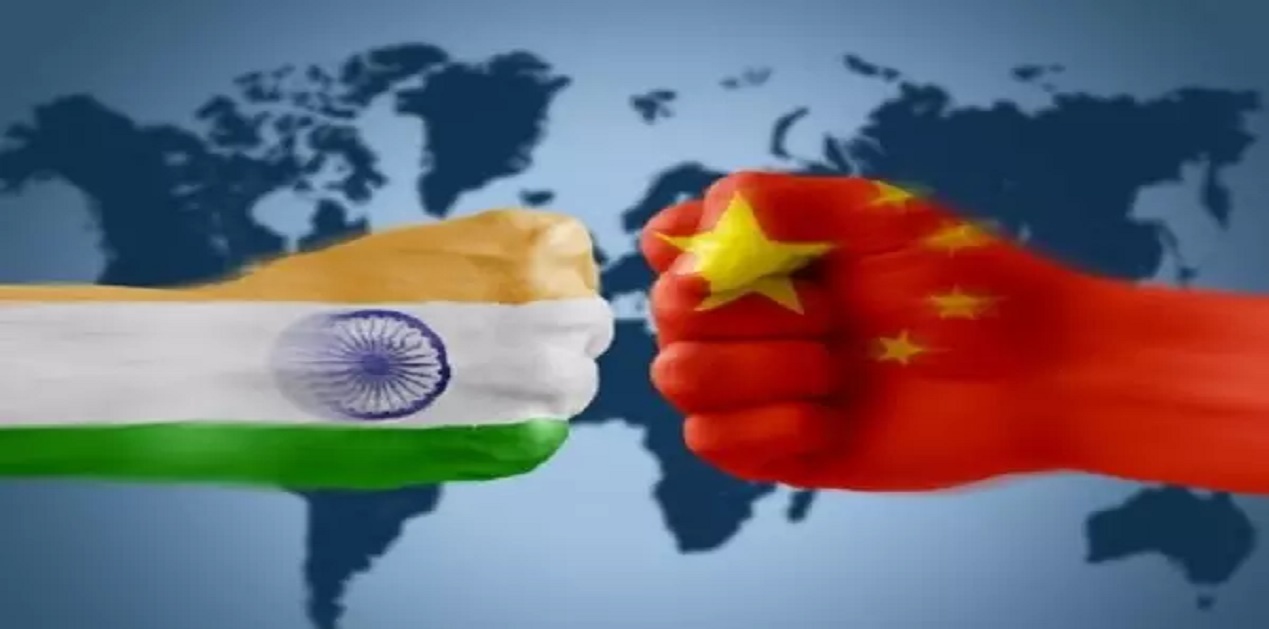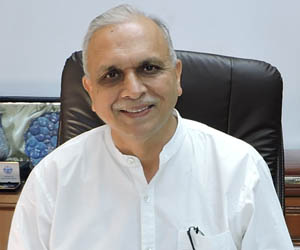On 30 July 2020, the Chinese Ambassador to India Sun Weidong delivered an important speech at the Delhi based Institute for Chinese Studies in which he spoke about the current state of Sino Indian relations after the Galwan incident on the Line of Actual Control (LAC) in which 20 Indian soldiers and an unconfirmed number of Chinese soldiers died.
The speech came at a time when both sides are engaged in talks on de-escalation and disengagement. The progress in restoring the status quo ante is slow and has raised doubts about Chinese sincerity and intentions. They have dug in at several places on the LAC particularly at the Pangong Tso area in Ladakh.
The skirmishes at the LAC in Ladakh, the first of their kind since 1967, have been seen as a ‘turning point’ by the Indian public. There have been insistent calls for a reset of Sino-Indian relations. The government has so far moved cautiously.
In his wide ranging speech, the Ambassador discounted the idea of a ‘turning point’ and warned that any attempt by India to readjust its policies on Tibet, Hong Kong, Xinjiang and South China Sea will be seen as interference in China’s internal affairs.
The Ambassador made many positive references to the potential of Sino-Indian relations and their significance for global and regional stability. He called for working towards a ‘win-win’ situation in bilateral relations. He referred to the ‘consensus’ between the two leaders to focus on cooperation and to deal with the boundary question in the agreed bilateral framework for maintaining “peace and tranquility” on the borders. He described the current border issues as ‘temporary difficulties”. He urged India to look beyond them and work to realize the Modi-Xi consensus on taking the bilateral ties forward.
As could be expected, there was not the slightest hint of remorse at the Chinese effort to rewrite the LAC unilaterally. On the contrary the Ambassador laid the blame for Galwan incident at India’s doors. Instead he indirectly blamed Indian actions for the violation of peace and tranquility on the border. There is a wide gulf between what China says and what it does. Ladakh military standoff perpetrated by the Chinese troops is a glaring example.
By repeating the old mantras of managing the differences ‘properly’, the Ambassador indicated that the incidents are not going to goad China into clarifying the Line of Actual Control or hurriedly settling the boundary question, which he said is a leftover from history. While for India settling the boundary question is a key issue, China shows no such urgency.
The Ambassador was satisfied that de-escalation and disengagement is happening and the temperatures have come down. The reality is that de-escalation and disengagement is proceeding slowly and the Chinese have dug in at some points. There is a lot of anxiety in India at the glacial pace of progress on this important issue.
The speech indicated that the Chinese attitude to bilateral relations has not changed in the aftermath of such a major military showdown between India and China. The perceptions in the two countries of what happened at the borders in the last two months are starkly different.
One may recall that PM Modi, without explicitly naming China, had said at Ladakh recently that India would oppose ‘expansionism’. Indirectly referring to that remark, the Chinese Ambassador refuted the charge of Chinese ‘expansionism’ and hegemony. He said that hegemony is not in China’s genes.
On the surface, the Chinese Ambassador sounded reasonable and conciliatory but managed to deliver hard messages at the same time. The speech, which must have been cleared in Beijing, was meant to give the following signal to India:
- China is in no hurry to demarcate the LAC or settle the boundary question. LAC cannot become the central issue in the bilateral relations. Both sides must move on to implement the Modi-Xi consensus on building bilateral ties.
- India should not interfere with the internal affairs of China by commenting on South China Sea, Taiwan, Tibet and Xinjiang. There was a hidden warning that the consequences of India changing its policies on “one China” policy will be unpredictable.
- China will never compromise on its core interests and sovereignty.
- India should focus on the positives of the relations and not make an issue of the current difficulties which are of temporary nature.
The Chinese ambassador is too shrewd not to have sensed that after the Galwan incident, there is considerable hardening of public opinion in India against China. The trust has been further eroded. The Indian government has banned Chinese apps. This is unprecedented. More steps would follow. That is a big change in Indian policy. It is up to China to regain the trust of the Indian people.
The Chinese Ambassador did not explain why China does not want to resolve the boundary question? Is it because China wants to keep India under constant pressure? What is the point in talking about the big potential of bilateral relations when people are dying on the border because of an undemarcated line of actual control?
China cannot pretend, as the Chinese Ambassador did, that Galwan incident and the LAC standoff were mere ‘temporary difficulties’. On the contrary much has changed in Sino-Indian relations. India will be under pressure to readjust its policies.
Chinese Ambassador’s key message is that India should get over the recent incidents and move on. That is not going to be easy. Business as usual is not the likely option for India.
The Wuhan and Mamallapuram informal summits tried to hide that there is a strategic competition between China and India. Chinese actions have violated the Wuhan spirit. India wants cooperative relations with China but it cannot ignore the emerging realities and the writing on the wall. India will take whatever steps it needs to take to deal with an increasingly assertive China.
The Ambassador’s speech should be a wakeup call for Indian policy makers. China wants to set the narrative in Sino-Indian relations. India will have to step up its game in the light of the emerging competition between the two sides. Cooperation cannot be a one way street.
(The paper is the author’s individual scholastic articulation. The author certifies that the article/paper is original in content, unpublished and it has not been submitted for publication/web upload elsewhere, and that the facts and figures quoted are duly referenced, as needed, and are believed to be correct). (The paper does not necessarily represent the organisational stance... More >>
Image Source: https://www.businessinsider.in/thumb/msid-76466579,width-600,resizemode-4,imgsize-31279/thelife/news/here-are-the-five-books-that-will-help-you-decode-the-india-china-relations/india-chinaa-flickr.jpg











Post new comment